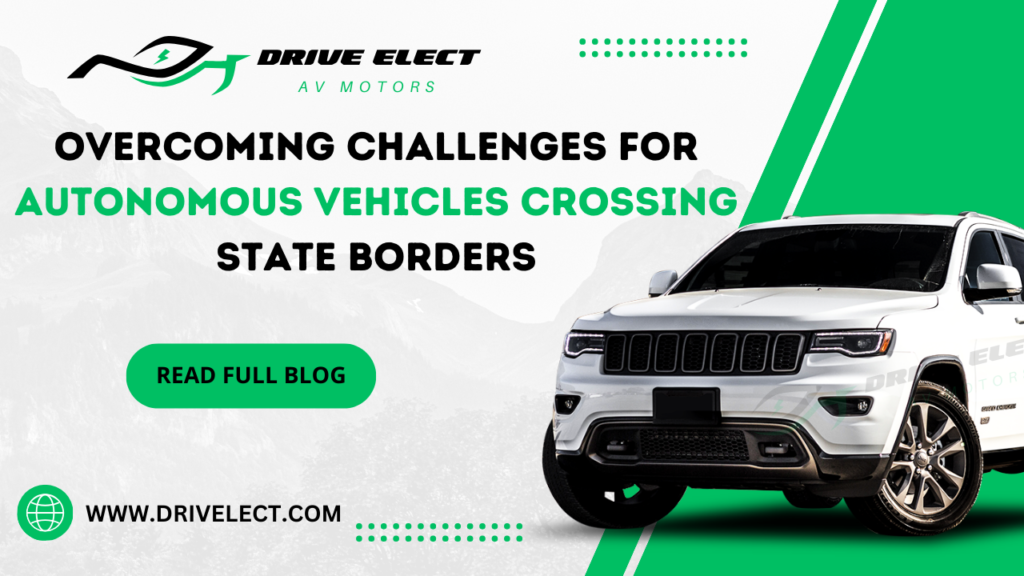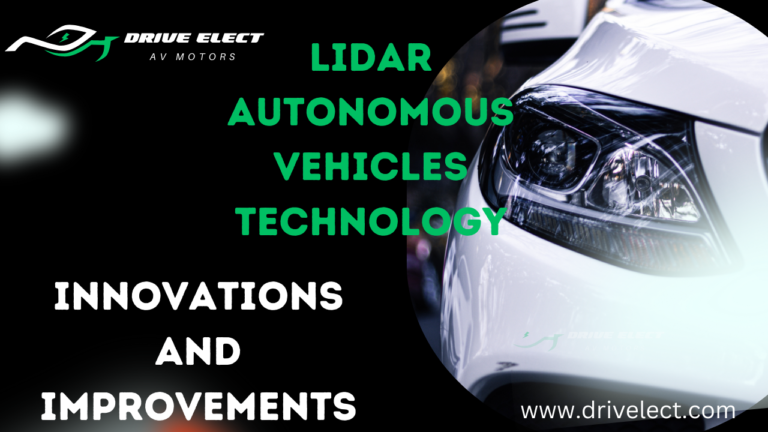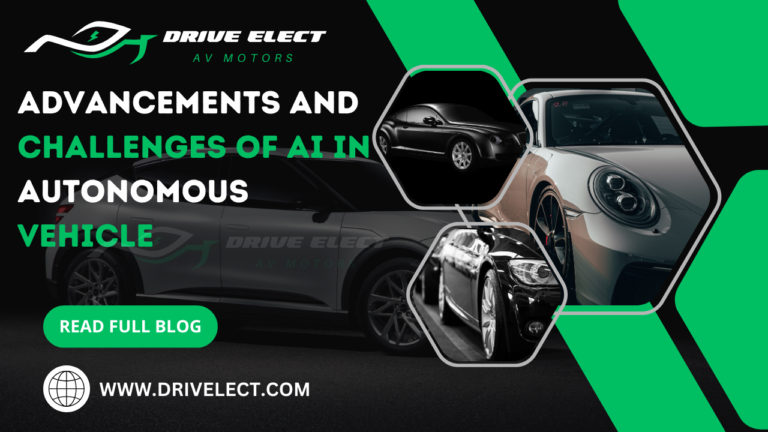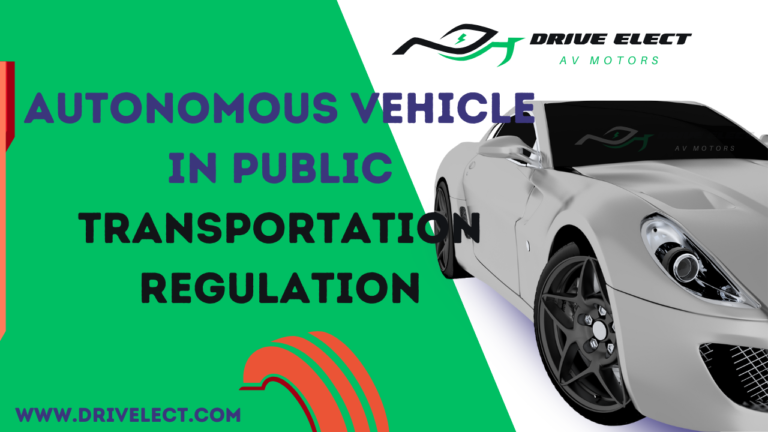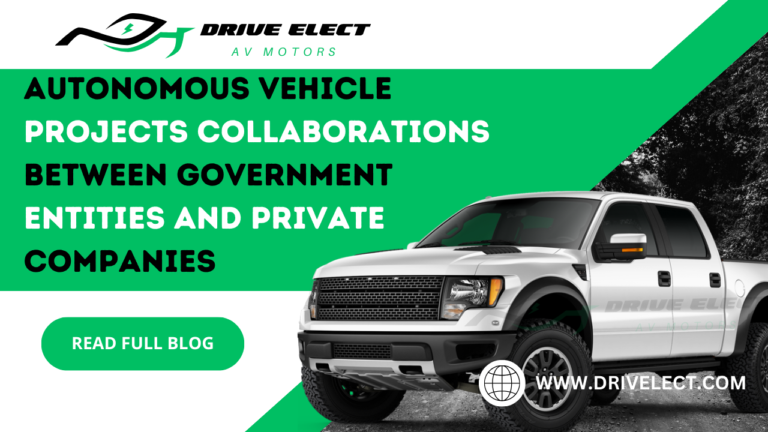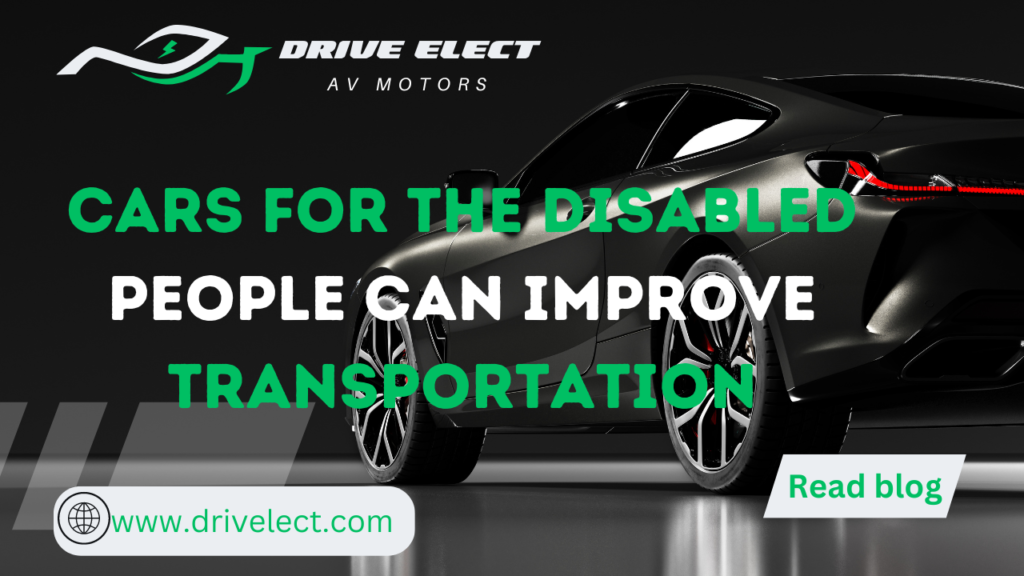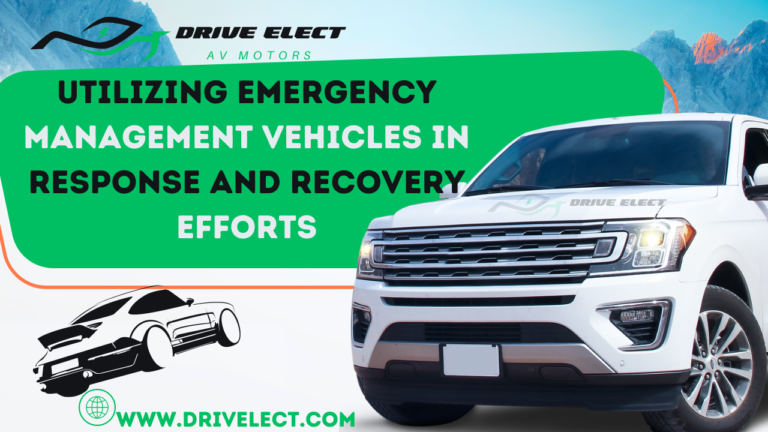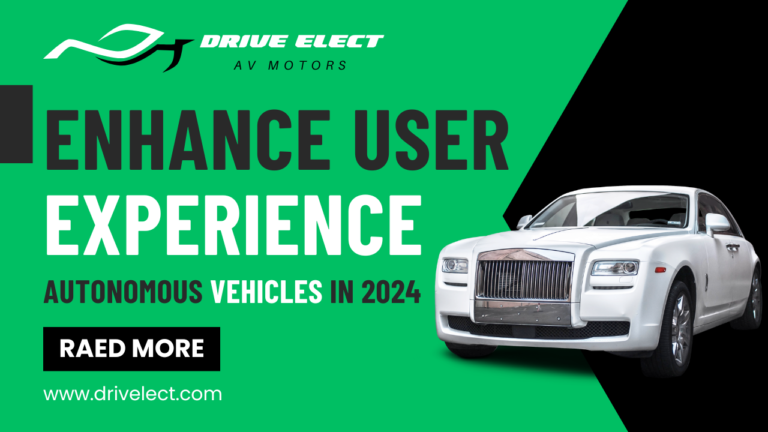Challenges for autonomous vehicles (AVs) are a hot topic globally, with experts predicting an 80-90% reduction in accidents due to their lack of human errors like distraction or fatigue. AVs follow traffic laws, react faster, and can optimize traffic flow.
However, in the challenges for autonomous vehicles the transition period from conventional vehicles (CVs) to AVs poses challenges, as both will coexist. Liability issues arise, challenging the current U.S. approach that holds human drivers responsible. AV-related accidents may involve car manufacturers, software providers, owners, or others, complicating liability and raising the potential for product defect claims.
Privacy concerns also loom large. AVs rely on extensive data exchange between vehicles and external networks for efficient traffic management. This data sharing raises autonomy, personal information, and surveillance privacy issues, challenging existing U.S. laws.
The debate extends to legal approaches about challenges for autonomous vehicles. Some propose adapting existing laws, while others advocate for technology-specific regulations. The critical challenge, however, is ensuring judges and legislators understand the evolving digital world.
Misinterpretation could lead to misuse of technology, risking fundamental rights of challenges for autonomous vehicles. A careful distinction between old and new technologies is crucial to prevent the erosion of principles safeguarding individual rights. Addressing liability and privacy concerns while fostering a nuanced legal understanding becomes imperative as society navigates this transition.
Table of Contents
ToggleOvercoming challenges for autonomous vehicles Crossing State Borders.
Different Levels of Automated Driving System:
In 2013, the National Highway Traffic Safety Administration (NHTSA) rolled out its initial Autonomous Vehicles (AVs) policy through its Preliminary Statement of Policy Concerning Automated Vehicles. This marked a significant step in regulating AVs and introduced a framework classifying AVs into five autonomy levels, ranging from 0 to 4.
Fast forward to September 2016, and the NHTSA updated its approach with another policy statement, aiming to guide the transition toward highly automated vehicles (HAVs).
The focus shifted to aligning with the Society of Automotive Engineers (SAE) classification of automation levels. This move aimed to create a standardized language for AV capabilities, promoting consistency across European, American, and Australian authorities. The result is the SAE International Standard J3016, which defines six levels of automation.
These six levels, from 0 to 5, help us understand the extent of automation in a vehicle. Level 0 means no automation, where the driver has complete control. As we progress through the levels, more automation comes into play. At Level 5, we reach full automation, implying the vehicle can handle all aspects without human intervention.
The criteria for placing a vehicle in a particular level depend on how it manages steering and braking, the degree to which it can operate without human control, and whether it can do so in all situations. This system provides a clear roadmap for categorizing AVs, ensuring that everyone involved—manufacturers, regulators, and users—speaks the same language when discussing the capabilities of these vehicles.
In essence, the NHTSA’s journey from the 2013 policy to the 2016 update reflects a commitment to keeping pace with the evolving landscape of AVs.
The collaboration with international authorities and the adoption of standardized classifications underscore the importance of a unified approach to safely integrating these innovative vehicles into our roadways. This framework not only simplifies communication challenges for autonomous vehicles but also lays the foundation for a safer and more regulated era of autonomous transportation.
Legal rules aimed at including self-driving cars in road traffic or Town:
The implementation of autonomous driving technologies in the United States is influenced by government actions, mainly through the National Highway Traffic Safety Administration (NHTSA).
The NHTSA plays a crucial role in ensuring the safety of motor vehicles and has been expected to take a leading role in regulating autonomous vehicles (AVs). However, there has been criticism of the NHTSA for delays in adopting safety standards and a lack of legislative initiative.
State-based regulations on AVs have developed over time, with some states like Nevada, Florida, and California taking the lead in implementing rules governing autonomous cars. Concerns have arisen due to the varying state laws, leading to a patchwork regulatory landscape. Industry representatives have expressed worries about the potential negative impact of these state regulations on the autonomous vehicle industry.
The NHTSA aims to create a consistent national regulatory framework for AVs to avoid unnecessary barriers to their development and operation. The NHTSA collaborated with the American Association of Motor Vehicle Administrators (AAMVA) to form the Autonomous Vehicle Best Practices Working Group to achieve this. This group focuses on providing uniformity among state legislations and a baseline safety approach for AV regulations.
Best practices recommended by the NHTSA include creating a “technology-neutral” environment and allowing any entity complying with federal and state laws to operate in the state.
Traffic laws and regulations should also be reviewed to avoid hindering AV testing or operation. The NHTSA’s guidelines aim to balance public safety and innovation in automated technology.
In response to the need for balance, the NHTSA’s voluntary guidelines in AV 2.0 provide detailed safety recommendations for AVs. The subsequent policy statement, Automated Vehicles 3.0, focuses on safety while emphasizing the effective incorporation of automated driving systems onto public roads.
Additionally, public perception of the risks associated with automation is considered a crucial factor. The government aims to build public confidence in AV technologies and prevent deceptive vehicle safety or performance claims. Addressing these concerns is essential for successfully integrating AVs onto U.S. public roads.
Data security is needed for the use of the challenges for autonomous vehicles:
In 2012, Dorothy Glancy explored how autonomous vehicles (AVs) impact privacy. She distinguished between two types: self-contained AVs and interconnected AVs. Self-contained AVs make decisions independently without external communication, while interconnected AVs use networks to share information.
A Berkeley scientist argued that true AVs only rely on internal systems, supporting Glancy’s concept of self-contained AVs. Both types use privacy-sensitive data, but self-contained AVs may seem less vulnerable. They don’t receive external information and keep data within the vehicle.
In contrast, interconnected AVs, labeled “puppet vehicles” by Glancy, pose higher privacy risks as they depend on an external vehicular network. This distinction highlights the privacy challenges linked to different AV technologies.
Privacy Interests Involved:
Dorothy Glancy identifies three privacy concerns related to autonomous vehicles (AVs): personal autonomy, personal information, and surveillance. These concerns may impact public trust in AVs and influence future AV laws. Glancy suggests that legal restrictions on AV design and operation could arise to address these privacy interests.
Personal Information Privacy Interests:
Autonomous vehicles (AVs) will produce much data, some of which may be treated as personal information when linked to a specific person. This includes origin and destination details, real-time and historical location information, and behavioral data.
This information can reveal a user’s personality and preferences. Identifying the owner of an AV will be easier initially when these vehicles are rare on the roads.
Intersection of Freedom, Privacy, and Civil Liability:
Privacy and liability are vital concerns in autonomous vehicles (AVs), often discussed separately. However, Jack Boeglin offers an integrated perspective, linking freedom, privacy, and liability as interconnected elements. Boeglin proposes a liability approach based on the degree of user freedom and privacy of different AV types.
Firstly, he categorizes AVs into discretionary and non-discretionary vehicles. Discretionary AVs grant users significant control, allowing them to take over when needed, while non-discretionary AVs limit user influence, even deciding routes or driving styles.
The distinction also extends to communicative and uncommunicative vehicles, aligning with Dorothy Glancy’s connected and self-contained AVs. Communicative AVs share information externally, while uncommunicative ones keep data within.
For discretionary-uncommunicative AVs, like a chauffeur, Boeglin applies the principle of respondent superior. Here, users assume liability for accidents caused by their AVs, transferring risks to private insurance due to having maximum control.
In the case of discretionary-communicative AVs, balancing freedom and limited privacy, Boeglin suggests a product liability approach. Manufacturers may be liable for accidents due to their ability to monitor AV behavior and provide warnings, maintaining user responsibility for unforeseeable incidents.
Non-discretionary-uncommunicative AVs could adopt a proportional share liability regime where user freedom is limited, but privacy is maintained. Boeglin proposes strict manufacturer liability, with costs split based on per-mile accident expenses for uniform AV products.
Applying old rules to the new reality:
Scholars debate how existing rules can handle liability complexities arising from the challenges for autonomous vehicles (AVs). Current product liability laws, proven adaptable to technology, can manage AV-related issues. Others predict early claims resembling those for negligent vehicle use, focusing on failure-to-warn theory due to complex programming challenges.
U.S. product liability law allows victims to claim damages for manufacturing defects, design defects, and failures to warn. Critics argue that failure-to-warn may not apply to SAE level 3 AVs, and complex programming makes determining liability challenging. Le Valley proposes treating AV manufacturers as “common carriers” with a high duty of care.
Alternative viewpoints suggest shifting liability from manufacturers to AV owners/users through strict liability or traditional negligence tort law. Vicarious liability under respondents superior is another option, although courts hesitate to treat robots as liable entities. Mixed approaches consider driver attentiveness, suggesting liability shifts based on scenarios.
Some scholars advocate protecting manufacturers from lawsuits through assumptions of risk, new legislation, or federal preemption. Legislative protection may occur at the federal or state level, limiting manufacturer liability.
An analogy to dog owner liability is also suggested, viewing AVs as independent entities akin to dogs causing injury. The ongoing debate explores varied avenues to address the intricate issue of AV liability.

